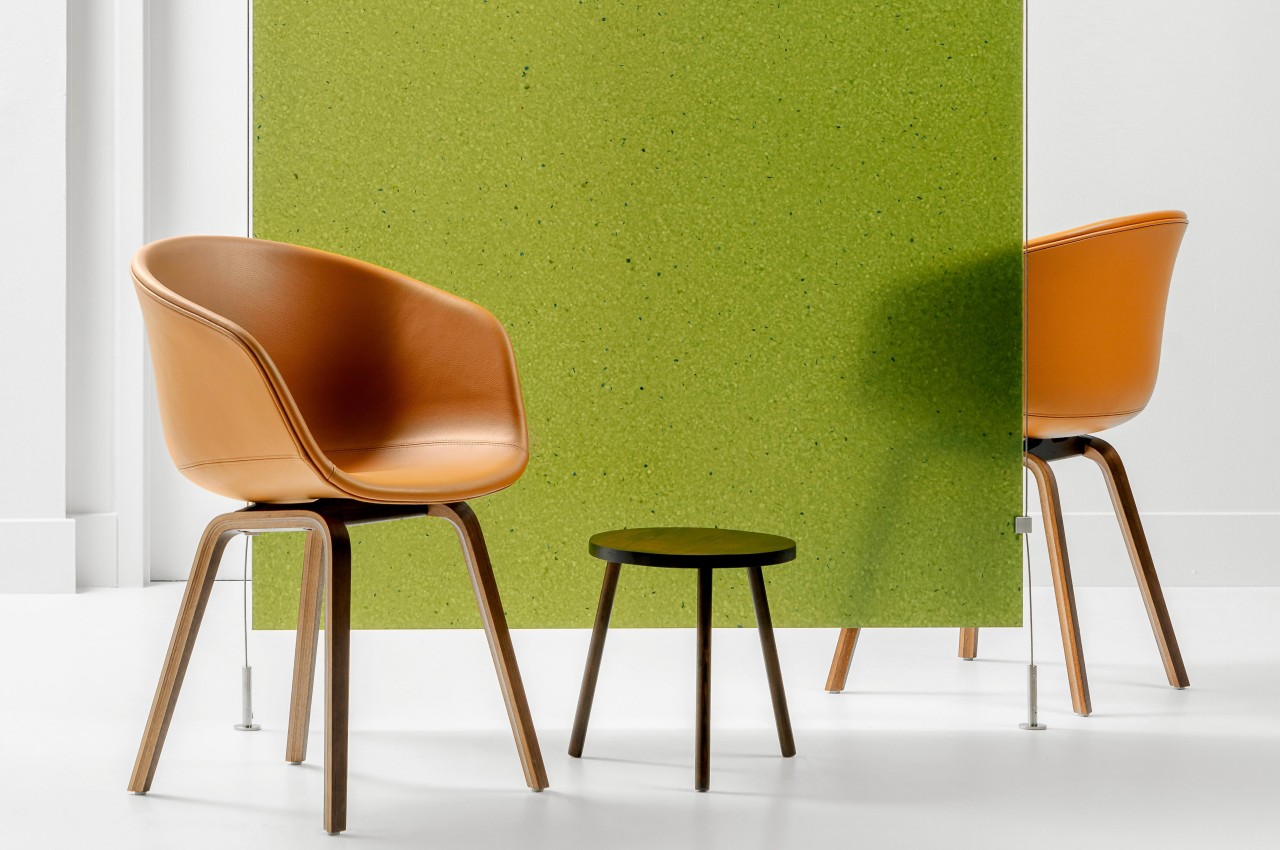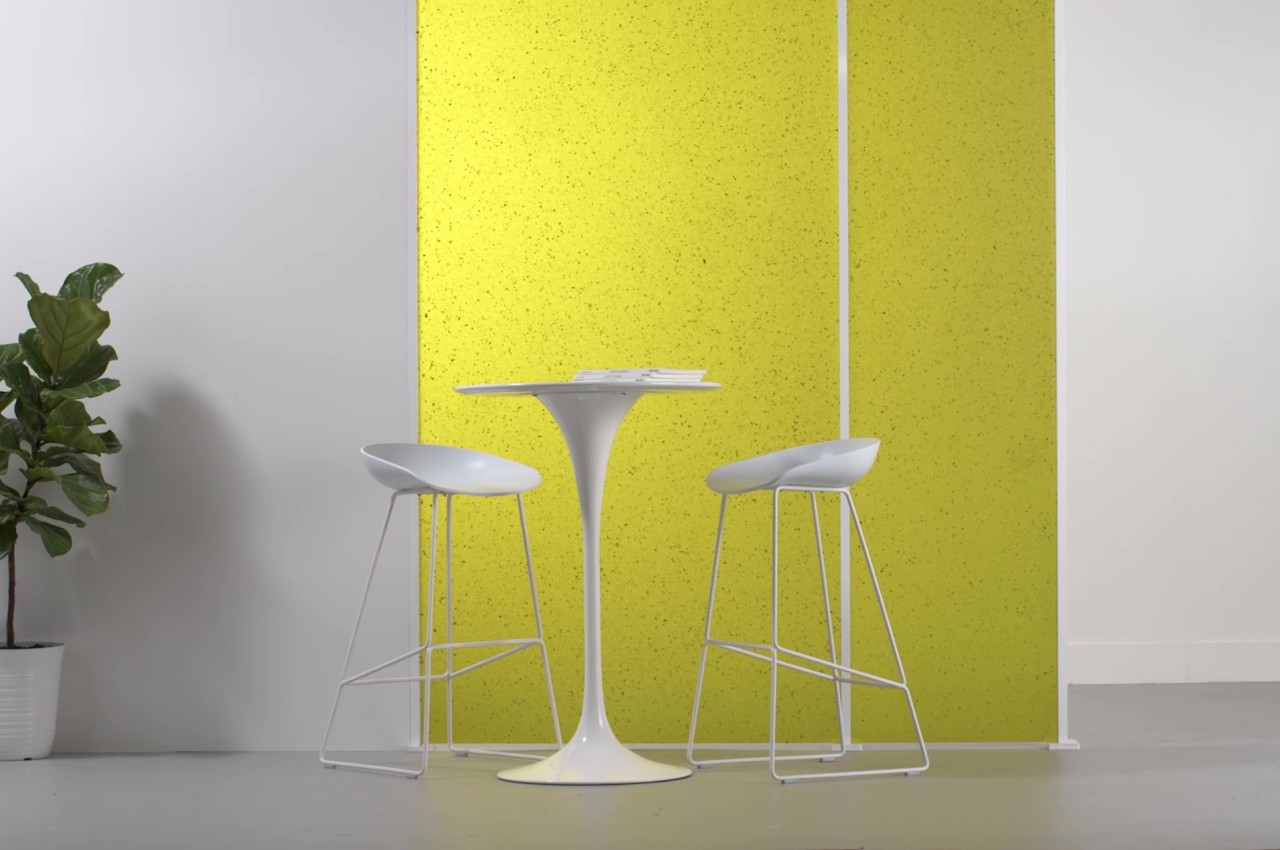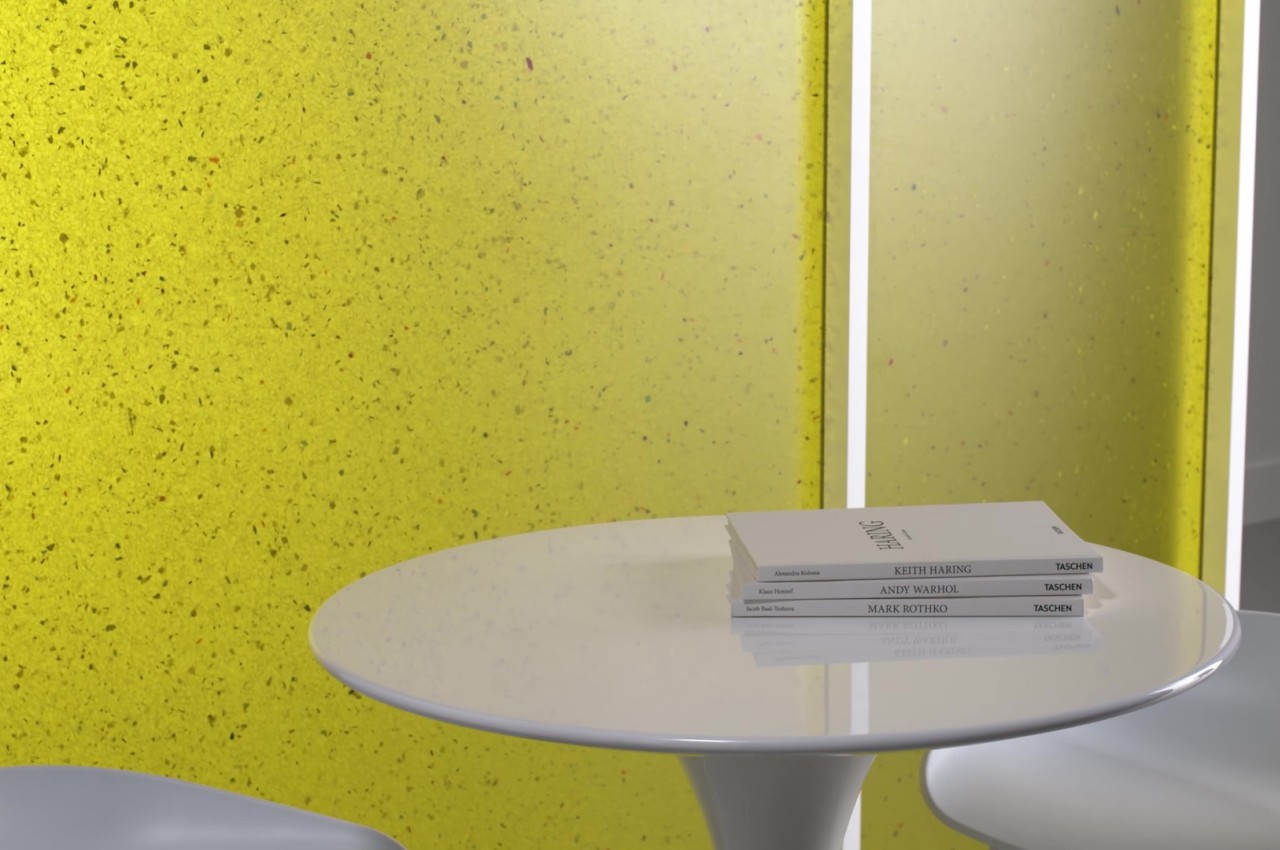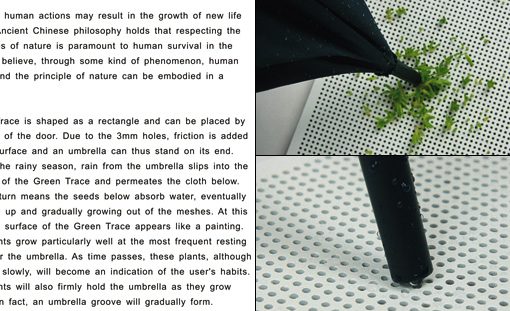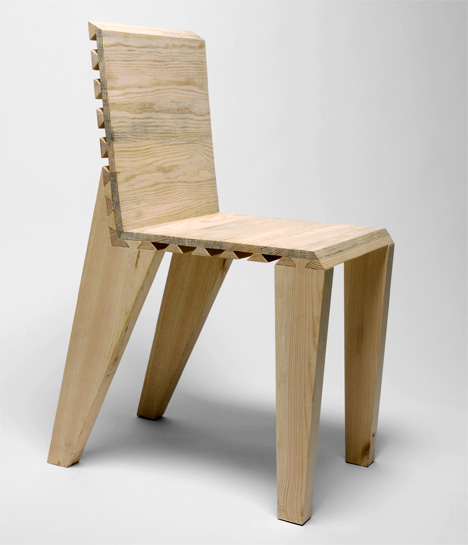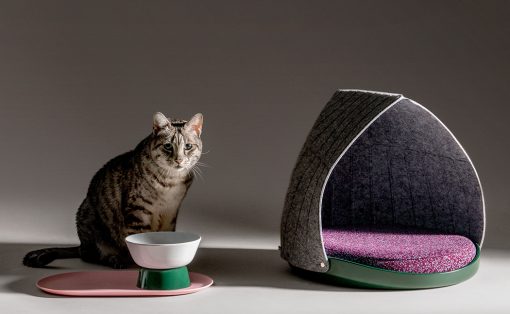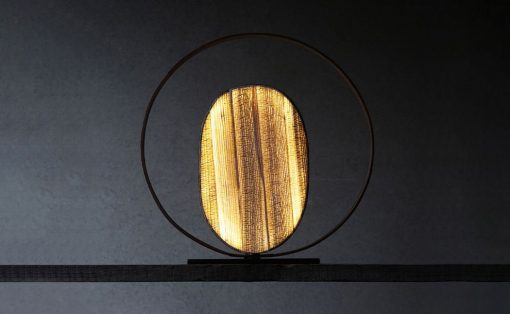Although many people know about the benefits of using products made from recycled materials, few actively seek them out. The only times they do buy something that uses recycled materials is when it’s actually part of a bigger whole, and they have no choice on the matter. There are many presumptions and misconceptions about the quality of recycled products, which may have been true decades ago. Fortunately, designers, science, and technologies have moved forward since then, breaking the mold of what you can expect from recycled materials. This translucent resin-like material, for example, is so eye-catching and beautiful that you might not believe that it’s 100% made from bits and pieces that would have otherwise been thrown away.
Designer: 3form
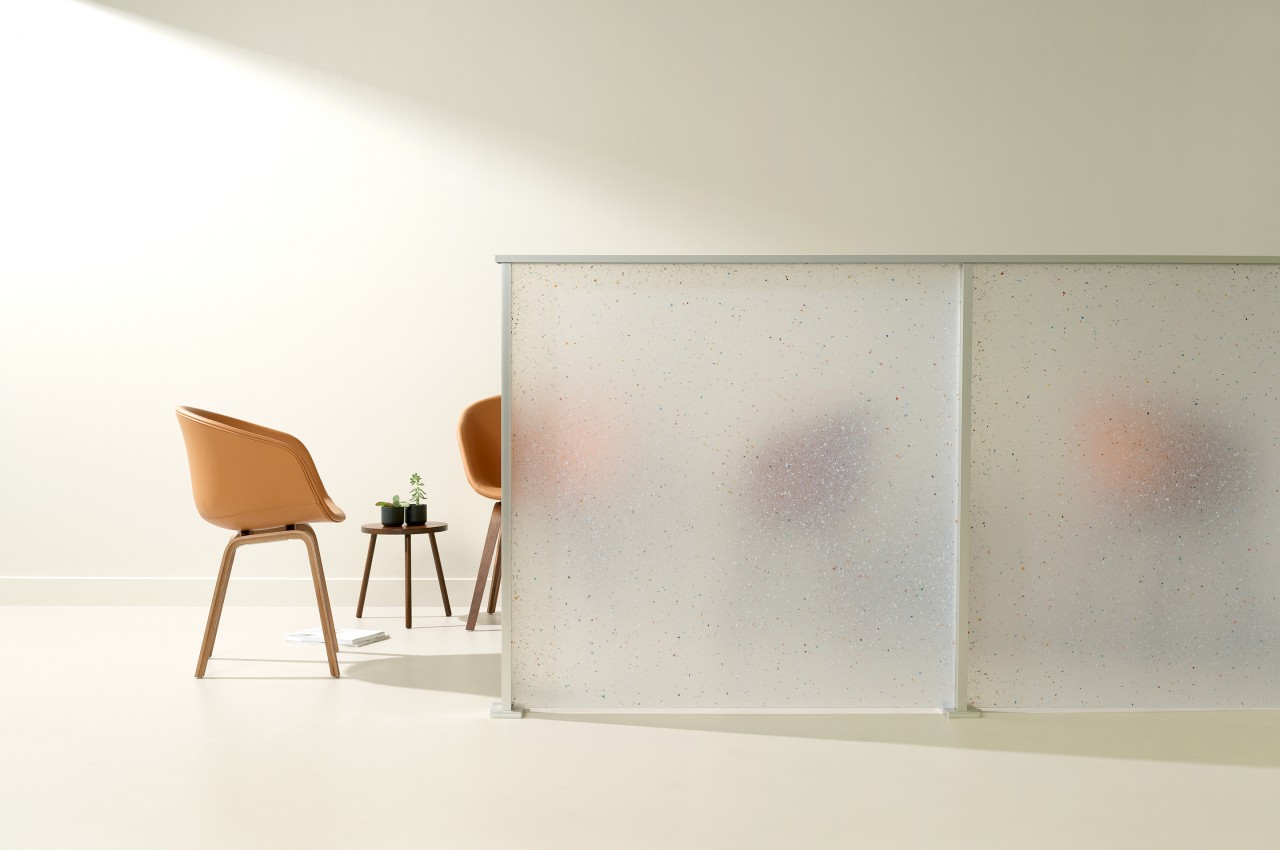
Back in the day, you could easily tell recycled paper from virgin paper with a single look. Recycled paper is often rough and brown or gray, properties that are unappealing and sometimes even unusable in some applications. That’s no longer true today, of course, but there are still some things that are difficult to pull off when using recycled materials. Most products using recycled materials, for example, are often opaque, which is what makes this striking material even more impressive.
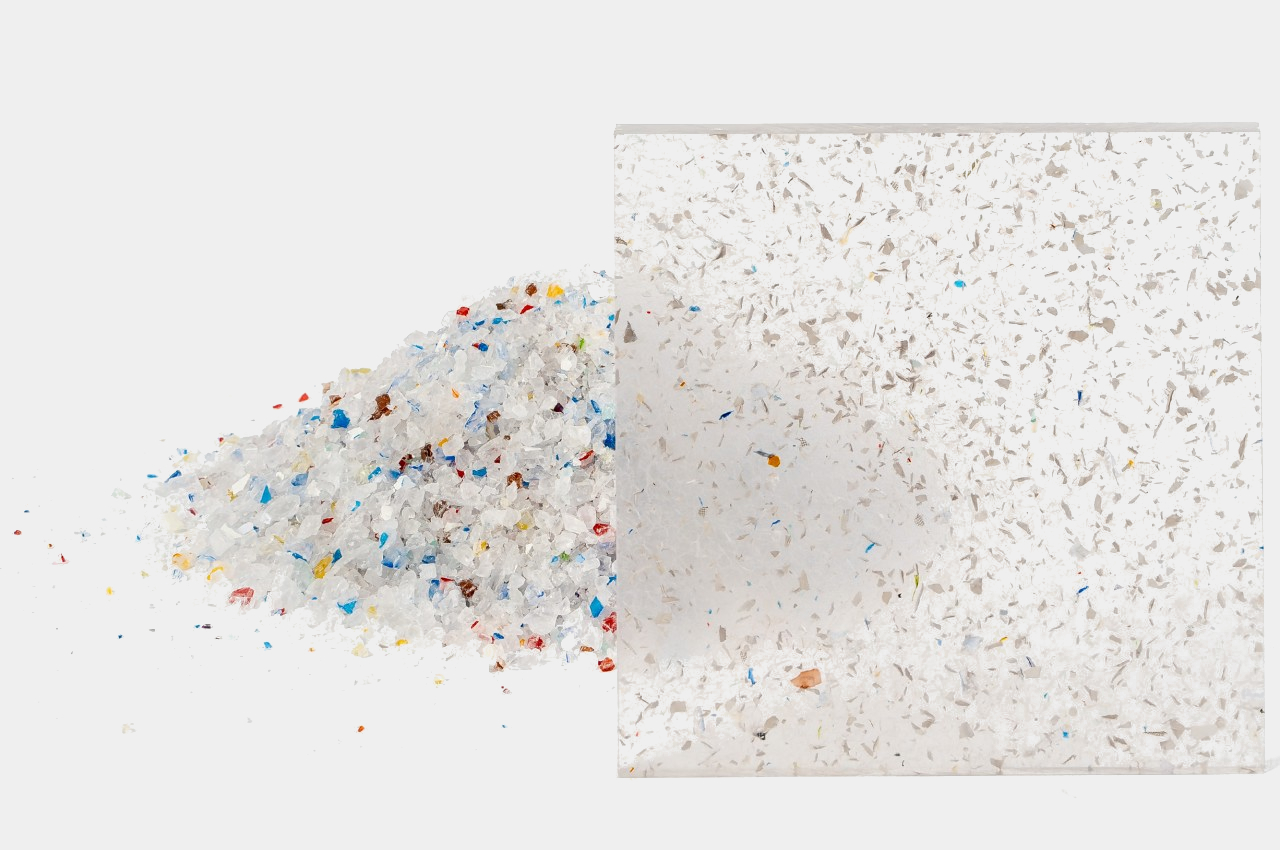
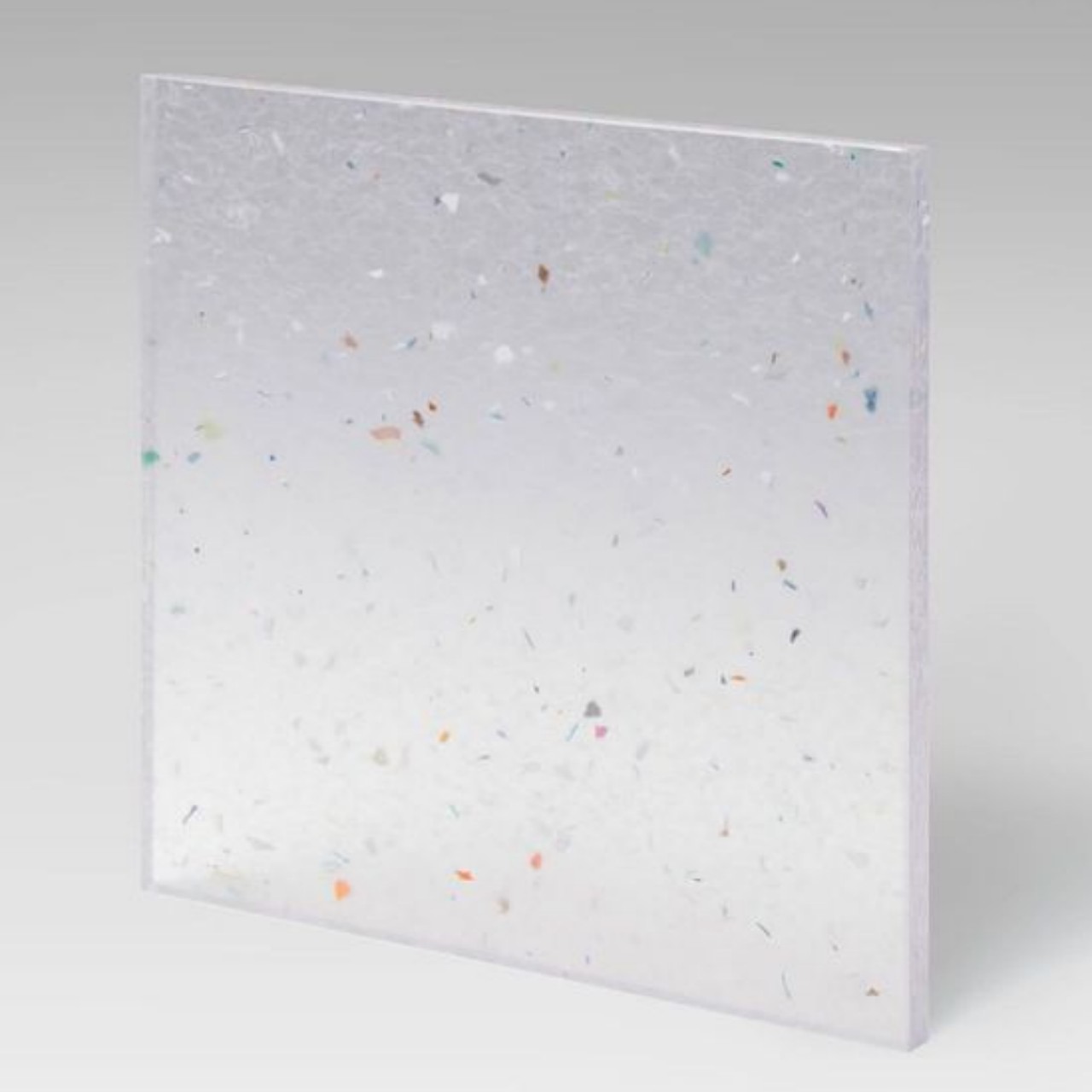
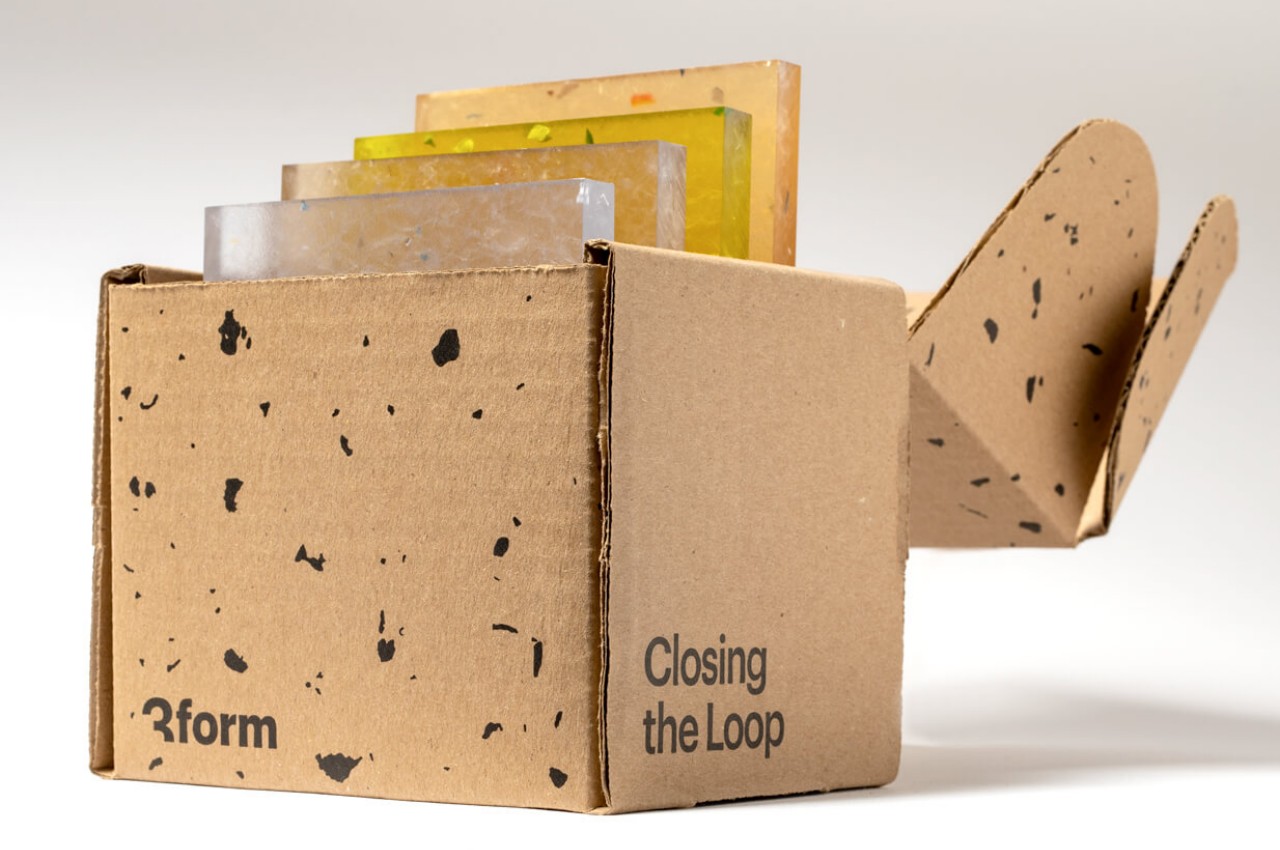
Flek Pure is a resin-like material for use as panels in doors, partitions, decorations, and anywhere else you would need a durable and sustainable slab that would be a stand-in for glass or fiberglass. The “Pure” variant, specifically, looks like frosted glass with a few random specs of colors that give it a terrazzo-like character. Like frosted glass, it is translucent, and you can make out shapes and shadows behind the panel, creating an interesting visual that still maintains your privacy.
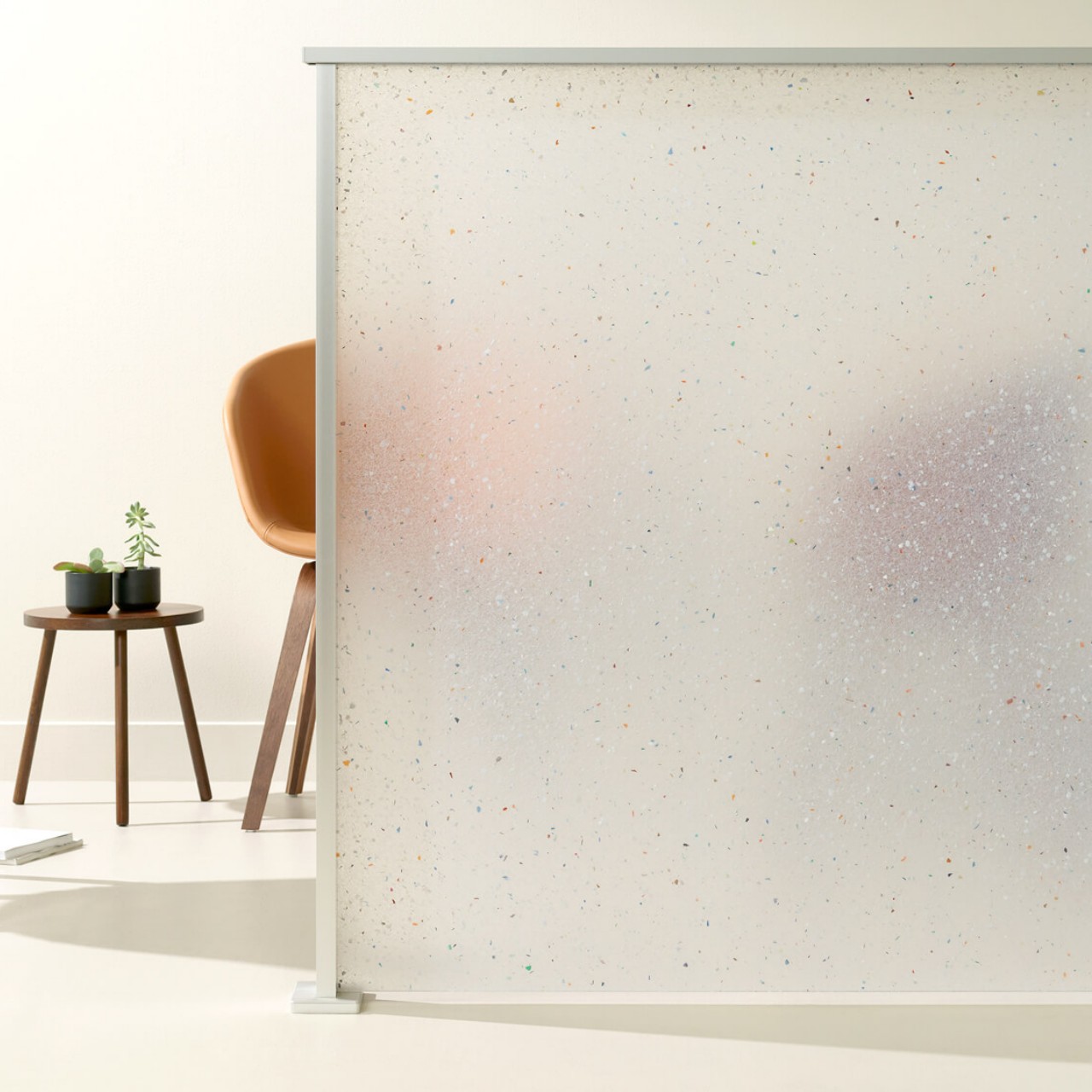
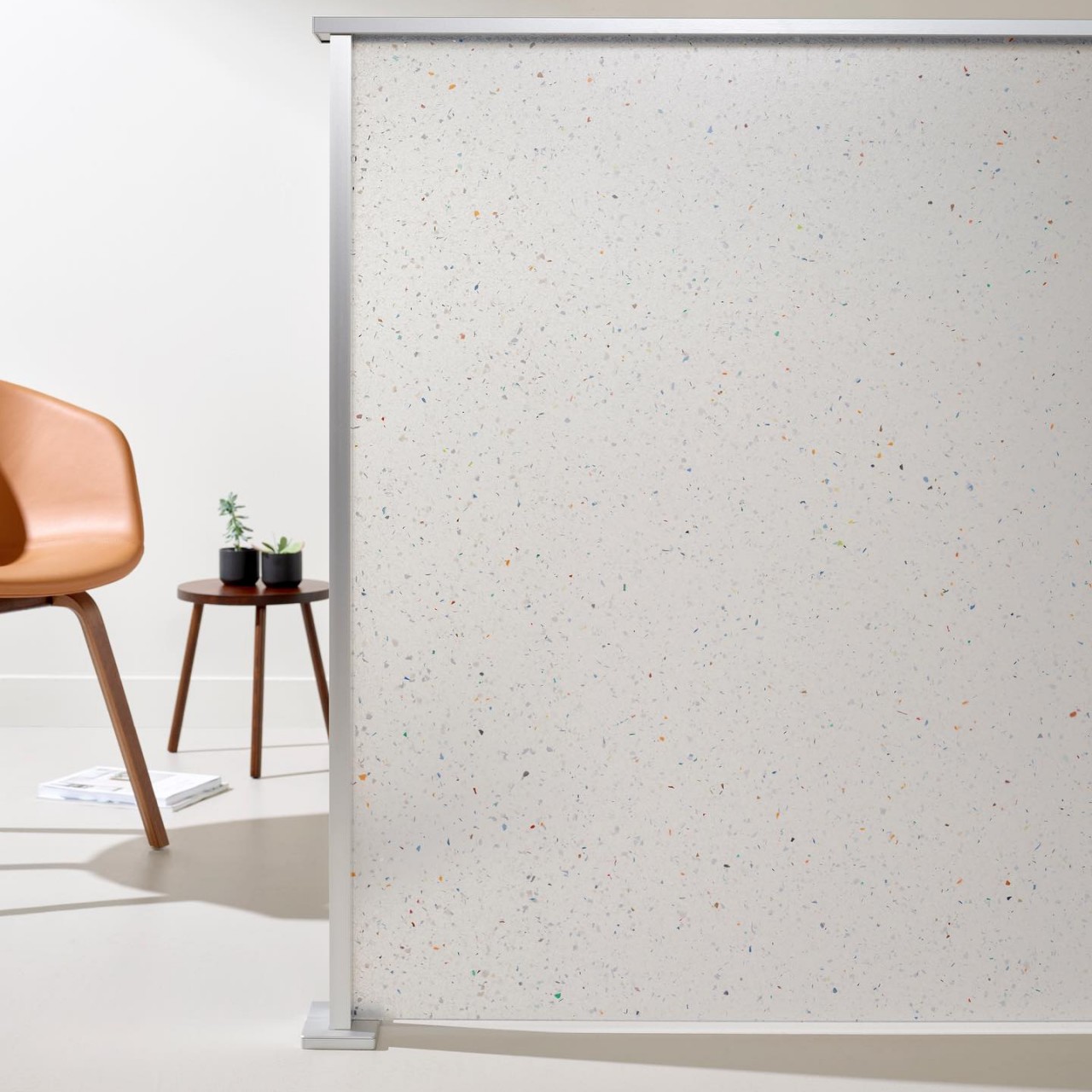
That translucency is a rare trait among materials made from recycled bits, especially one that’s 100% recycled, like Flek Pure. The company uses a unique and meticulous process that creates pellets from internally sourced waste or upcycled materials and then sorts these pellets according to their clarity and cleanliness. This is how the translucent appearance is achieved, and the bits that aren’t so clear are still used to create the “imperfections” that give Flek its terrazzo aesthetic. Nothing is wasted, which makes Flek Pure an excellent solution for environment-conscious designers.
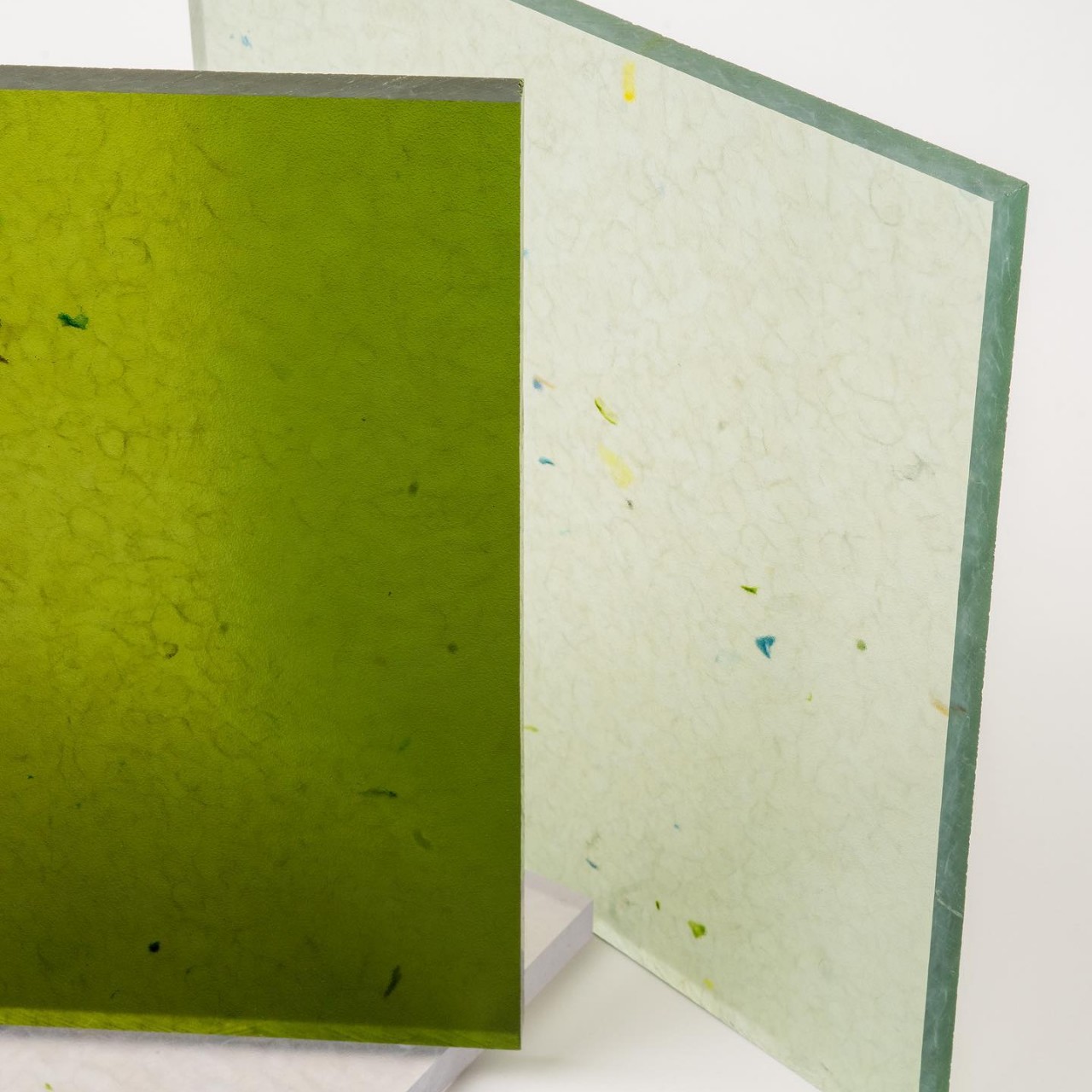
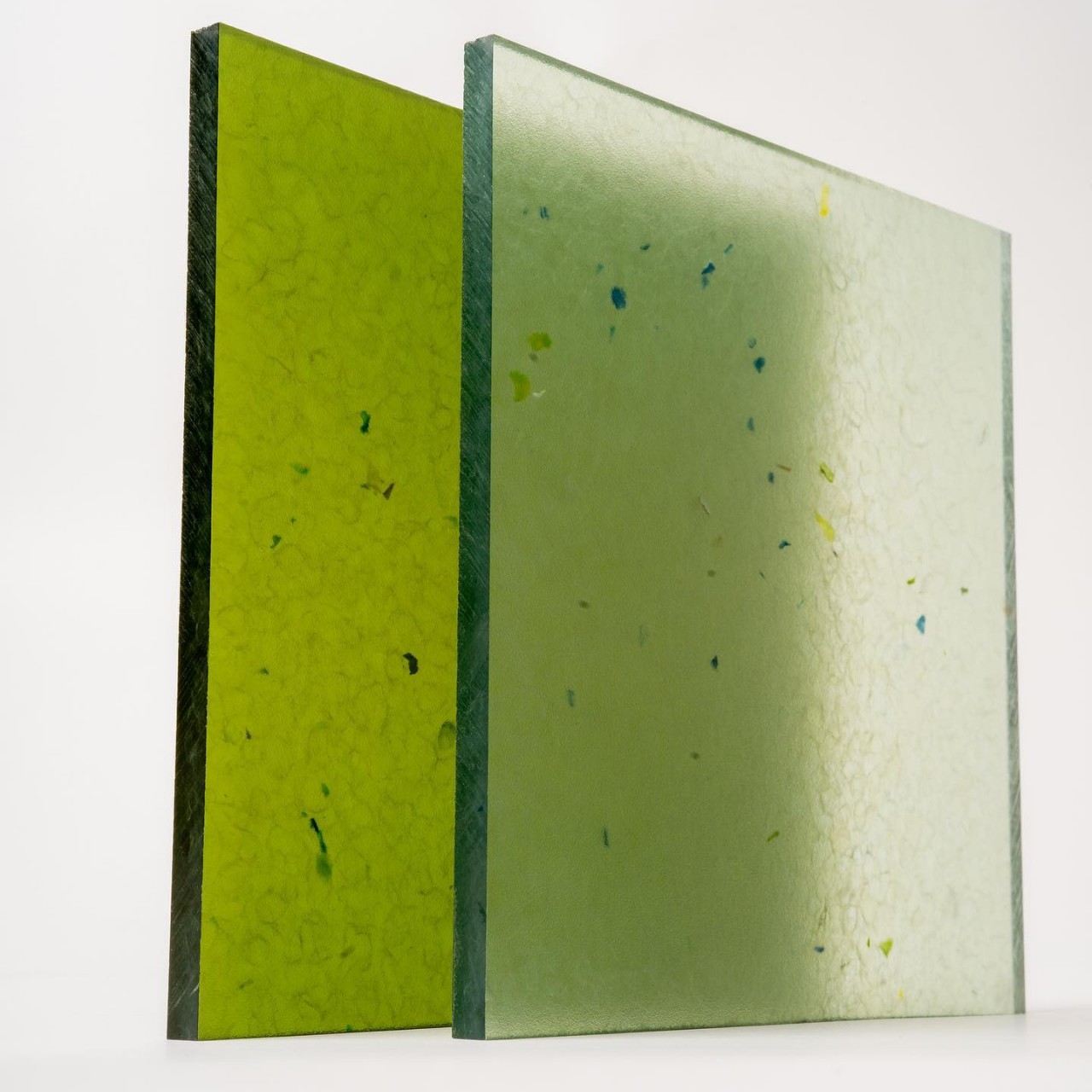
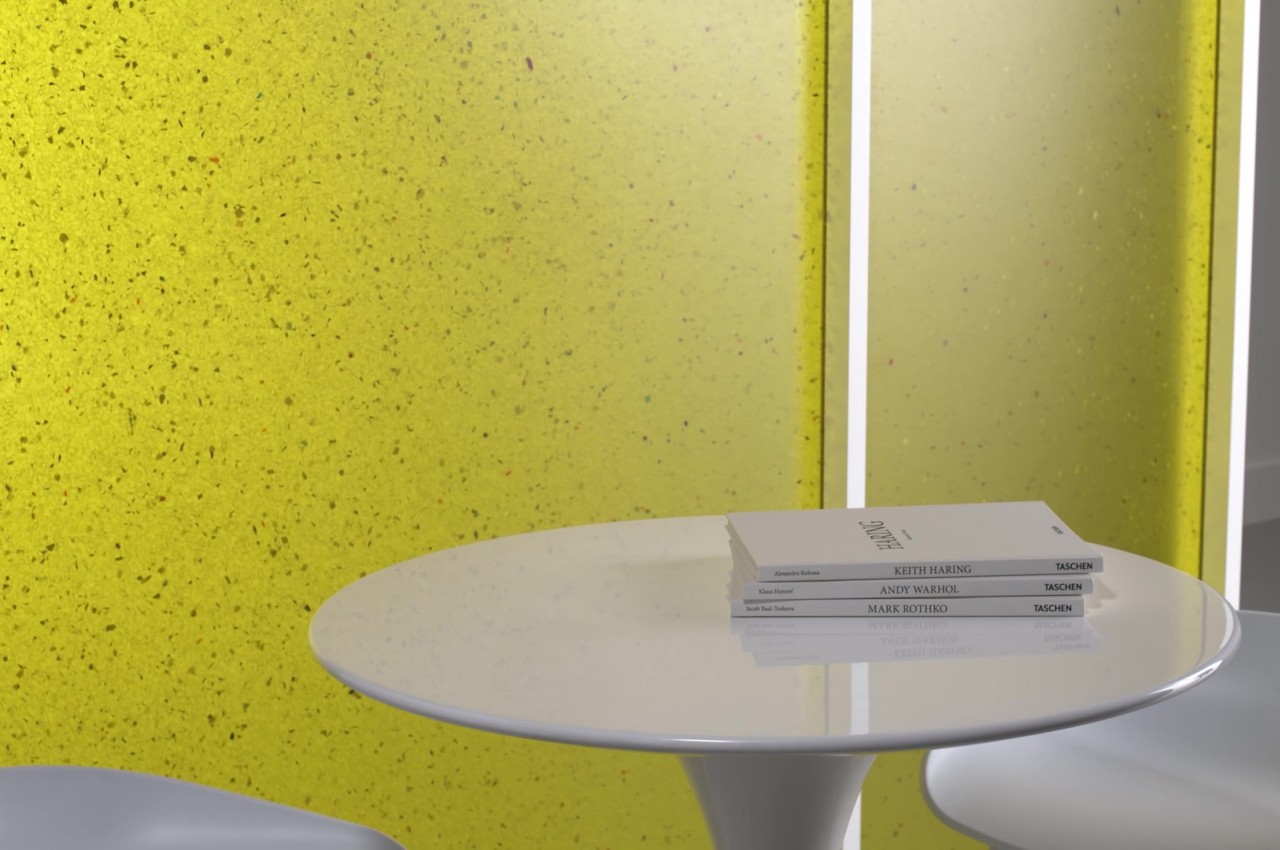
Of course, not everyone will find Flex Pure’s clear whiteness always appealing. There are other colorways available as well, which all maintain that translucent quality. The addition of color, however, does pull the sustainability a bit down to using only 92% recycled material, but it’s still a significant win, especially compared to opaque or muddy panels that use even less recycled parts.
